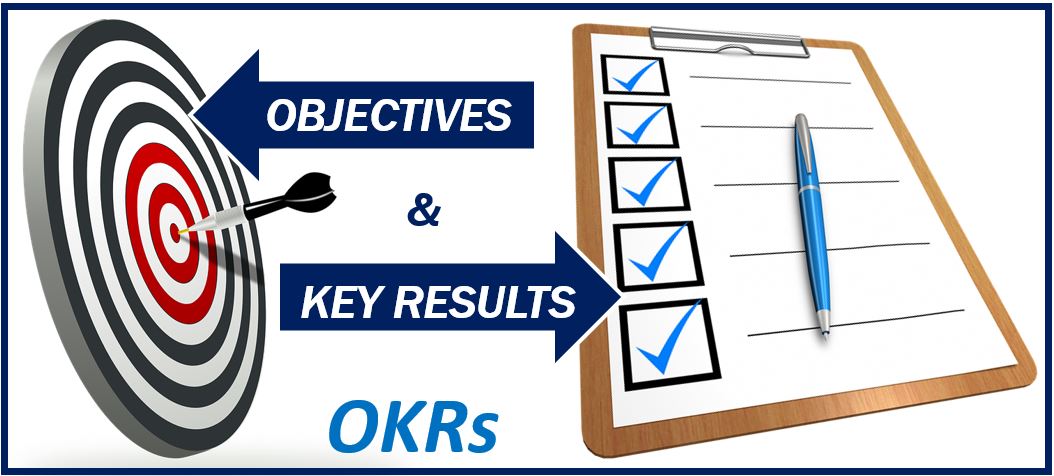If you’re a startup in the tech sector, chances are you admire Google’s structure and commitment to achieving their goals. One of Google’s less talked about, but still important processes involves identifying both objectives and key results. Also known as OKR, objectives and key results help your team get on the same page about the desired outcome and work towards executing it in an efficient way.

If Facebook’s motto was to “move fast and break things,” an OKR can help your company move fast and intentionally. Best of all, OKRs are set by individuals, teams, and departments, and are executed on a quarterly schedule. This helps provide focus each quarter, which can lead to greater business growth. Here are three of the biggest evolutions in OKRs since they were first designed and implemented.
Define Your Objectives and Key Results
As you start to use the OKR process, it’s important to define both your objectives and key results as they relate to the overall team or company strategy. This keeps you on track each quarter. You’ll want to start by picking a few objectives that are worthy of accomplishing.
Once these have been defined, you’ll need to come up with three to six key results that can be measured in alignment with each objective. These key results should be objective and able to be measured in an objective way. An OKR platform like Workboard can help you define these properly from the get-go, helping you avoid viewing output as the only result that matters.
Draw on Other Data
As the use of key results in Workboard developed, it became clear that some times a team would need to be able to integrate with other platforms in order to better communicate which key results were reached each quarter. From software development platforms like MySQL or GitHub to customer service systems like Salesforce or email marketing platforms such as Marketo, Workboad evolved to integrate with a variety of systems in order to offer teams an up-to-date, transparent look at their workflow and progress.
It’s worth noting that not every team needs the same kind of integration; however, even if you’re just looking to integrate key results with an Excel spreadsheet or Google Sheet, Workboard makes it possible to evaluate how you’re progressing each day.
Use Meetings to Your Benefit
To the celebration of senior staff members everywhere, an OKR framework enables you to avoid unnecessary meetings. Workboard can help you use your company objectives and OKR methodology to ensure that each meeting that is called between staff members or separate teams is organized around working to achieve each objective and key result.
This means that the topics for discussion as well as the individuals involved in the meeting all are in service of the important goals for each quarter. This helps maximize efficiency within a quarterly timeframe as well as boost employee engagement.
As you can see, OKRs are a handy way to structure your business and reach new heights. Especially for newer companies or businesses with multiple departments that can’t always discuss different projects together, using an objective and key result framework can be a great way to align your priorities with your overall business goals.
Particularly if you’re looking to increase employee engagement, it can be incredibly helpful to implement both OKRs and stretch goals for each person on your team. Incentivizing these individual OKRs with bonuses at the end of the quarter is another way that you can keep people invested in the OKR process. Startups with ambitious goals will always do better than less risky businesses, but that doesn’t mean that you should be risky as an entire organization.
By instituting company OKRs as well as either team or employee-based OKR frameworks, you can help your business level up much more quickly and efficiently.
________________________________________________________
Interesting related article: “What are Objectives?“

